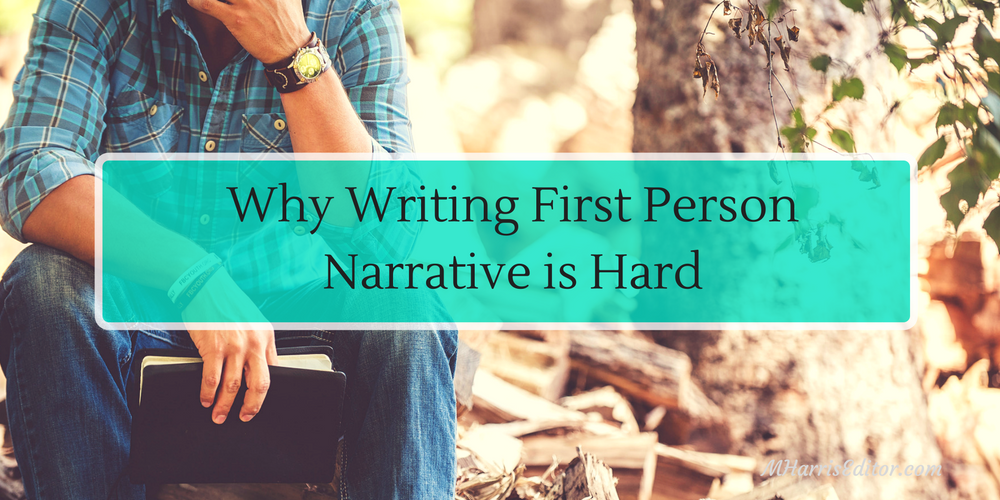
Writing in the first person can be a challenge for even the most seasoned writers. If you plan to publish independently or approach agents to publish traditionally, nailing the first person perspective when you intend to write this way is essential.
Learn why the way we teach writing sets us up for frustration later when writing creatively, plus tips for easing into first person writing.
Early Writing Stresses First Person More
In K-8 schooling, we are taught to almost exclusively use first and third person when writing. We learn about narrative writing, telling stories, and creating from the point of view of the main character as they see it. This is comfortable territory for a little while but changes later as more critical thinking skills are learned and applied.
Academic Writing and Third Person Writing
By the time we get to high school and begin writing complex academic papers, third person becomes the norm. We refine how we write to focus on our opinions, but we share them in a removed capacity.
Unless your classes focus on creative writing or you take other advanced English courses after high school, third person may be the last point of view you experience when you write.
Standardizing the perspective of most work, such as research papers and essays, allows them to be easily digested and shared by professors. This approach works well for them, but unfortunately leaves many writers (especially indie authors) unable to express themselves through multiple approaches.
The Challenge of Writing Creatively as an Adult
The evolution of how we learned to write can impact us later in life. Of course, everyone’s journey is different, but if you completed school through high school, chances are you could experience these issues if you begin writing creatively and focus on the first person point of view.
Writing “I” Too Frequently
When we reach adulthood, writing in the first person has been banished from most writers’ minds. You may read it in books and want to do it, but applying it to your own writing is another story. Worse yet, when the first person perspective is used in a piece of writing, it often sounds self-centered and whiny!
“I” this and “me” that creeps into far too many first person works. The personalized subject comes at the cost of the greater theme of the work. You’re left getting hit over the head with the word “I” rather than understanding the true plot of the story.
World Building When Writing First Person Narrative
The first person perspective also challenges the ability of some writers to craft a story without the world building power that comes with the third person omniscient perspective.
When writing in first person, a writer risks creating flat characters outside of the main narrator and may fail to capture the unique qualities that make a supporting character interesting.
Without the ability to step outside of the protagonist’s mind, the entire story must be driven from personalized observations and actions. A writer must show action as it takes place (present tense) or have the character actively remember what occurred (past tense).
Example of the Challenges with Writing First Person Narrative
Unless careful attention is paid when initially writing and editing a first person piece, almost any writer can fall into the trap of beginning too many sentences with the word “I.”
Too often, when we find ourselves unable to describe action without “I,” a paragraph can be rewritten to be more active without one.
For instance, a sentence might begin in an early draft like this: “I grabbed my hat from under the door just as it closed. I stood up, clutching the golden statuette I had worked so hard and risked my life for just moments ago.”
Rewriting the section from a first person perspective, but focusing on the action rather than the subject, would look something like this: “After grabbing my hat from under the door just before it slammed shut I stood up, clutching the golden statuette I had risked my life for just moments ago.”
It is possible to relay action to the reader in the first person without requiring a sentence to begin with “I.”
Final Thoughts on Writing in First Person
As writers, we frequently fail to take the time to be creative in sentence construction, especially with a deadline looming. As a result, sentences are repetitive and dull, often leaving the reader feeling bored and leading the writer to feel less inclined to use the first person perspective in their writing.
Ultimately, first, second, or third person perspective writing all requires the same core elements: patience, a little creativity, and a willingness to edit work in plenty of time to make a deadline.
For additional help with writing first person narratives or other content issues with your manuscript, contact me to discuss how we can work together towards your goals!
